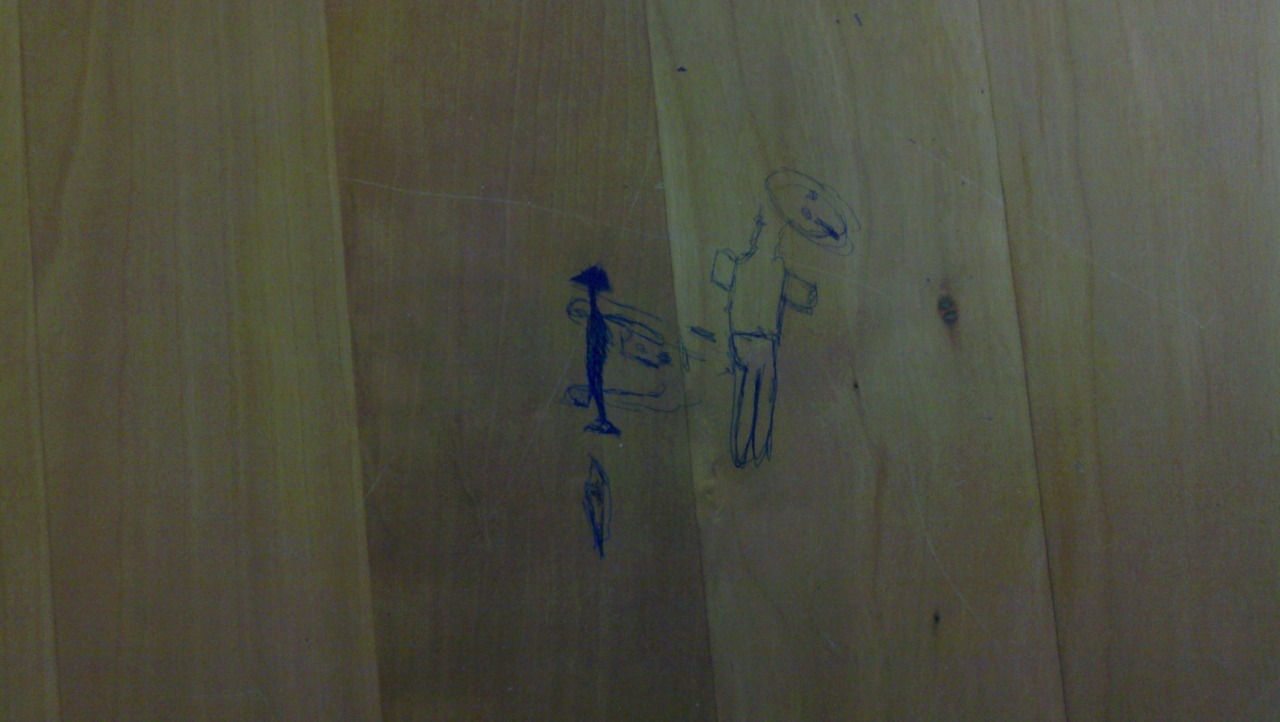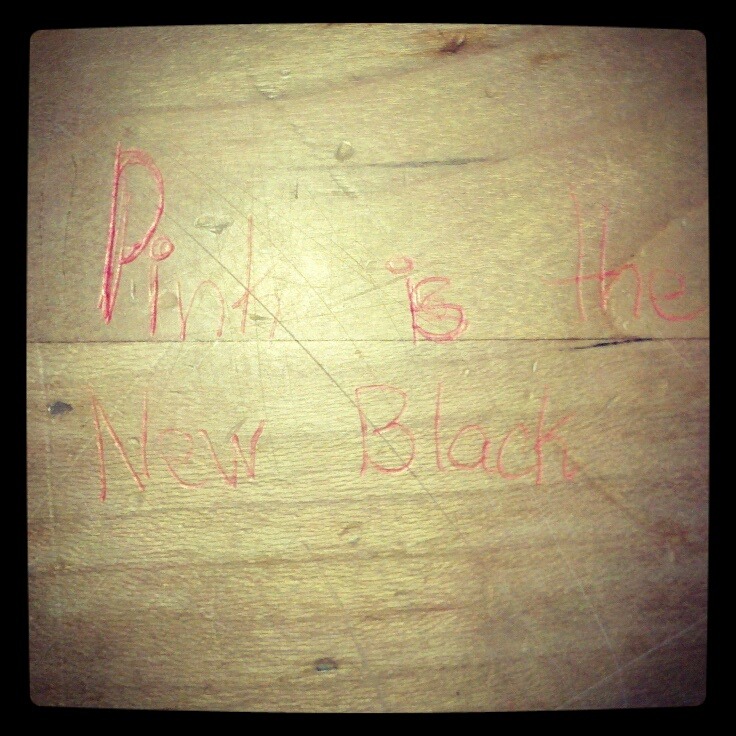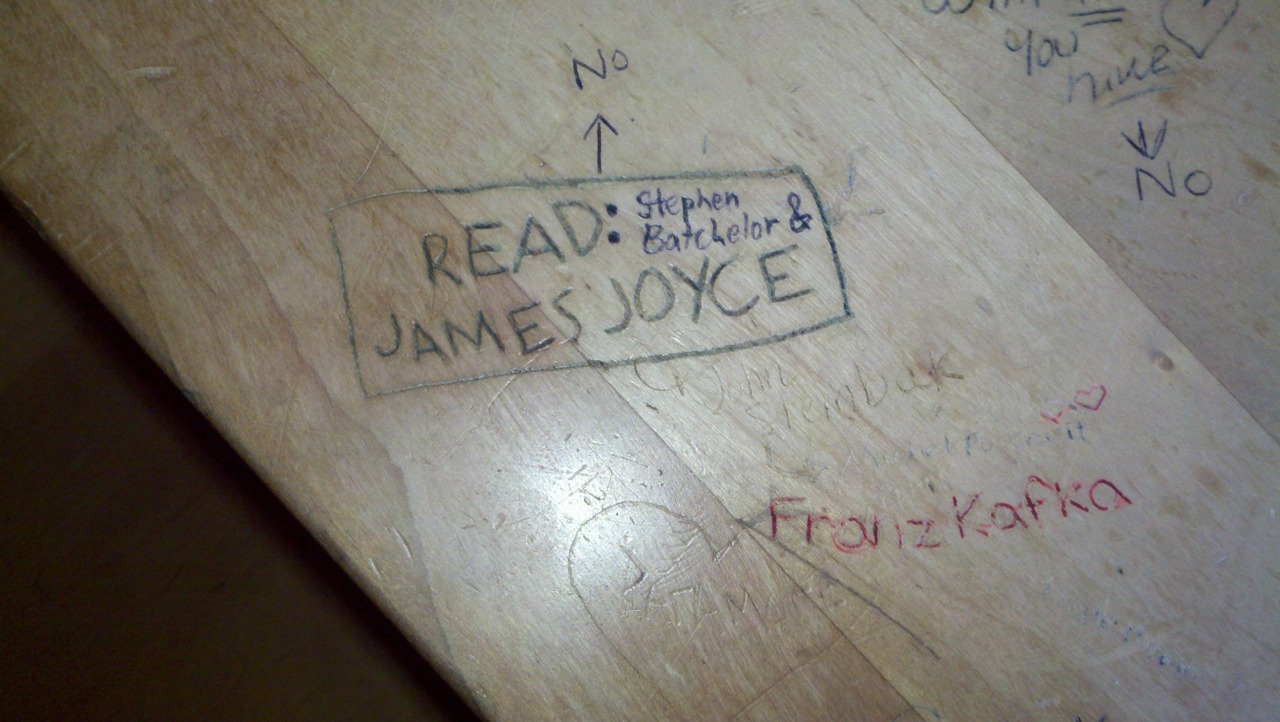 |
| Still from Mickey Meets the Giant. Source. |
I never set out to work at a huge R1 university. Heck, I was
barely settled on the public vs. academic library question when I graduated
with my MSLS in 2010. Mostly because I was afraid my dream of being a South
Asian subject specialist was too unrealistic, I was otherwise aiming for
anything under the category of “public services”. So my first job out of
library school was at a very small, private college in the Adirondacks in New
York. I loved my job, and I loved that school. I still do, but when the
University of Illinois was willing to take a chance on me and offer me the
opportunity to be Visiting South Asian Studies Librarian, I jumped at the
chance. And landed smack in the middle of an alien land. Don’t get me wrong, I
love my new job and my new school just as much if not more than my first job,
but it has been a major adjustment going from a small liberal arts(ish) college
to behemoth of a university.
So for those of you who have the luxury of choice, and
believe me I know that can be a rare thing in this economic climate, here are
some of the things to consider if you’re trying to decide what kind of
institution you’d like to work for (based, of course, on my experiences alone).
The first difference, which seems obvious enough now but
didn’t quite hit home at first, is the R part of R1- research. Since the University
of Illinois Urbana-Champaign has a tenure system, it is especially stringent in
this regard. I suspect that it is the case for other R1 institutions as well,
that in order succeed in your job you are expected, nay required, to contribute
to the field by doing original research. And then you are required to publish
that research in peer-reviewed journals, present that research at large
national and/or international conferences, and maybe one day write a book about
that research. This is non-negotiable and can be intimidating, but luckily…
Large universities often have large support networks in
place to help newer faculty members stay on track with their research. Even with the budgetary problems many state
research universities face, based on size alone there are just more resources
to go around. More colleagues mean more potential mentors for new librarians.
If you have a question, chances are there is a more experienced librarian who
has been there, done that, and can help you answer it.
Of course finding that exact colleague could be tricky. True
story: my supervisor, a colleague, and I had this great idea for a research
project. We called in another colleague to ask about getting a dataset only to
be told that someone else was already doing this very project and had asked her
for the same information a few months ago. Luckily, the colleague in question
was happy to join forces on the project, but it underscores how difficult it is
to stay abreast of who is doing what at any given time. Even day-to-day tasks
can be made more complicated because the library is divided into fairly
specific departments and despite efforts to collaborate, things become very decentralized.
To facilitate interdepartmental communication and
collegiality, we have lots of meetings, committees, and committee meetings at
Illinois. Oh. My. Gawd. The meetings. No lie I have had days where I had three
or four meetings in a row. Mostly they’re useful, often they’re interesting,
and they are essential for understanding the administrative ins and outs of
research libraries-- but they are always a time suck as well. By the time you
prepare for the meetings, walk to and from the meetings, answer emails, and try
to sneak in lunch, an entire day has slipped by. At my previous job we might
have a meeting every two weeks. Maybe.
But when there are only seven people on the library staff it’s much easier to
stay on top of what everyone else is doing.
Depending on your point of view, or maybe just the day of
the week, being on a tiny staff can be an exciting challenge or, well, just
plain challenging. It was so cool to be fresh out of library school but with
the freedom and authority to institute changes that affected the whole library.
And changes happened relatively quickly. For example, in the Fall I did a
survey and found that there was a demand for more popular reading materials and
by the next semester we had a brand new popular reading collection and, a few
months later, a new Kindle service. Other times it was just overwhelming, like
when it came to the task of assessing instruction and overhauling the standard
format of our first-year instruction sessions. Given the same task at Illinois,
I’d get a lot of support from my colleagues which would make it a lot less
overwhelming-- I’d just have to plan for it to take a lot longer to account for
the millions of meetings that would have to happen first. And then write an
article about it.
Mara Thacker is the
Visiting South Asian Studies Librarian at the new International and Area
Studies Library at the University of Illinois at Urbana-Champaign. You can email
her at mthacker@illinois.edu.









